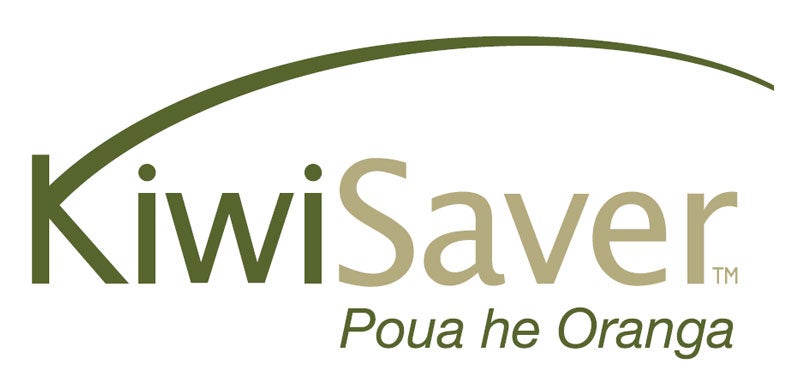On December 1, 2021, the government’s revisions to KiwiSaver default schemes came into effect. Along with a reduction in the number of default scheme providers, the risk profile of KiwiSaver default schemes also changed. Canstar explores all you need to know about the changes:
What Do the KiwiSaver Default Scheme Changes Mean? In this article we cover:
- What is a default KiwiSaver scheme?
- What are the KiwiSaver default scheme changes?
- Why did the government make the KiwiSaver default scheme changes?
- I’m in a KiwiSaver default scheme. What do I need to do?
- Should I remain in a default scheme?
What is a default KiwiSaver scheme?
KiwiSaver is designed to encourage New Zealanders to save for a comfortable retirement or to purchase a first home. It’s an opt-out scheme, which means if you’re not already a member and you start a new job, Inland Revenue will automatically enroll you into a balanced fund from one of six default scheme providers.
Once enrolled, you choose to contribute 3%, 4%, 6%, 8% or 10% of your before-tax salary toward your KiwiSaver scheme. In addition, your employer must contribute a minimum of 3% of your salary to KiwiSaver.
If you’re 18 or older, the government will also make an annual contribution to your fund. The government pays 50c for every dollar of your personal annual KiwiSaver contributions – up to a maximum of $521.43 each year.
This means, if you contribute at least $1042.86 a year, you are eligible for the maximum credit.

What are the KiwiSaver default scheme changes?
The KiwiSaver default schemes changes cover three main areas:
1. The number of default providers was cut from nine to six. The six were chosen for their value for money, in terms of lower fees and higher levels of service. The six are:
2. Default schemes were changed from Conservative Funds to Balanced Funds
3. The new default schemes can’t invest in fossil fuel production or illegal weapons, such as cluster munitions and anti-personnel landmine manufacturers
Why did the government make the KiwiSaver default scheme changes?
The government regularly reviews default scheme providers, to ensure that they are delivering the best value for their members. The change from conservative default funds to balanced default funds is, again, about getting the best returns for members.
A conservative fund holds a high level of cash and bonds, and only 10% to around 35% in riskier growth assets, like shares. This means that while there is less risk of losing money, there is less potential for higher returns.
A balanced fund holds more growth assets, between 35% and 63%. As it holds more riskier investments, a balanced fund usually produces better returns in the long run than a conservative fund.
Because the vast majority of new default KiwiSaver members are just starting out on their careers and KiwiSaver investment journeys, it makes sense that they invest in schemes that will deliver greater long-term gains. Hence the change from conservative to moderately more risky balanced funds.
→ Related article: What is a Default KiwiSaver Scheme?
I’m in a KiwiSaver default scheme. What do I need to do?
If you are already a default member with one of the six approved providers, your KiwiSaver scheme will have already switched from a conservative to a balanced fund. To remain in a conservative fund, you need to contact your provider and ask to switch back.
If your KiwiSaver default scheme was with one of the old default providers – AMP, ANZ, ASB, Fisher Funds, Mercer – you will have automatically been transferred to a new provider, and should receive an info pack from Inland Revenue. Again, if you want to move to a different fund or provider, contact your new provider.
However, if you are still in a default scheme, now is a great time to review your whole KiwiSaver.
Should I remain in a default scheme?
Ideally, no. KiwiSaver is there to help you plan a comfortable future. And it’s up to you to make active decisions about your provider, scheme and contributions. If you stay in a default fund, you could be missing out on the potential for higher returns in a fund that’s invested in more growth assets.
Some of the things to consider when choosing a fund type and provider are:
- What are you saving for: your retirement or a first home
- The fund and risk level you’re happy with: lower returns with less risk, or possible higher returns and more risk
- Whether you want to invest your KiwiSaver ethically
- Fees charged vs rates of returns. Generally, you can expect to pay more in fees for funds containing a greater proportion of growth assets. This is because the rate of return is expected to be higher. Also, many are actively managed, rather than passively, following an index. For more on the differences between active and passive funds, check out our story: Active Investing vs Passive: What it Means for your KiwiSaver.
→ Related article: KiwiSaver: Which Fund Type Is Right For Me?
Compare KiwiSaver Providers with Canstar
Ultimately, the more informed you are as a KiwiSaver investor, the better the decisions you’ll make, which should help you build more funds towards retirement or that all-important first-home deposit.
And this is where Canstar can help. Our KiwiSaver dynamic comparison tables put all the information you need at your fingertips, from average five-year returns to fees.
If you’re comparing superannuation funds, the comparison table below displays some of the products currently available on Canstar’s database for a KiwiSaver member with a balance of $50,000 in an Aggressive fund, sorted by Star Rating (highest to lowest), followed by company name (alphabetical) – some products may have links to providers’ websites. Use Canstar’s KiwiSaver comparison selector to view a wider range of super funds. Canstar may earn a fee for referrals.
To read more about our latest KiwiSaver Awards click this link or to compare KiwiSaver providers, click on the button below.
Compare KiwiSaver providers for free with Canstar!
About the author of this page
 This report was written by Canstar’s Editor, Bruce Pitchers. Bruce began his career writing about pop culture, and spent a decade in sports journalism. More recently, he’s applied his editing and writing skills to the world of finance and property. Prior to Canstar, he worked as a freelancer, including for The Australian Financial Review, the NZ Financial Markets Authority, and for real estate companies on both sides of the Tasman.
This report was written by Canstar’s Editor, Bruce Pitchers. Bruce began his career writing about pop culture, and spent a decade in sports journalism. More recently, he’s applied his editing and writing skills to the world of finance and property. Prior to Canstar, he worked as a freelancer, including for The Australian Financial Review, the NZ Financial Markets Authority, and for real estate companies on both sides of the Tasman.
Enjoy reading this article?
Sign up to receive more news like this straight to your inbox.
By subscribing you agree to the Canstar Privacy Policy




Share this article